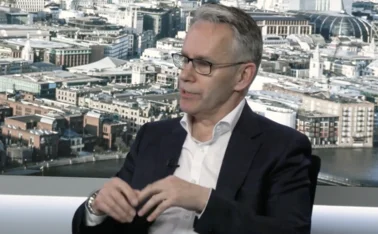
Spotlight: Cyber - Personal cyber – no longer just a HNW thing

The huge rise in cyber-crime and its financial impact have led to growing interest in personal cyber cover. And, in a post-Covid world with remote working, online payments, and exponential growth in interconnected devices, we are more exposed than ever. Valerie Hart asks whether the insurance market is responding satisfactorily to this trend.
Despite growing interest for cyber cover among consumers, insurers have been slow to respond as the risk for individuals increase and their own exposure becomes more real.
Paul Emery, UK managing
Only users who have a paid subscription or are part of a corporate subscription are able to print or copy content.
To access these options, along with all other subscription benefits, please contact info@postonline.co.uk or view our subscription options here: https://subscriptions.postonline.co.uk/subscribe
You are currently unable to print this content. Please contact info@postonline.co.uk to find out more.
You are currently unable to copy this content. Please contact info@postonline.co.uk to find out more.
Copyright Infopro Digital Limited. All rights reserved.
As outlined in our terms and conditions, https://www.infopro-digital.com/terms-and-conditions/subscriptions/ (point 2.4), printing is limited to a single copy.
If you would like to purchase additional rights please email info@postonline.co.uk
Copyright Infopro Digital Limited. All rights reserved.
You may share this content using our article tools. As outlined in our terms and conditions, https://www.infopro-digital.com/terms-and-conditions/subscriptions/ (clause 2.4), an Authorised User may only make one copy of the materials for their own personal use. You must also comply with the restrictions in clause 2.5.
If you would like to purchase additional rights please email info@postonline.co.uk









